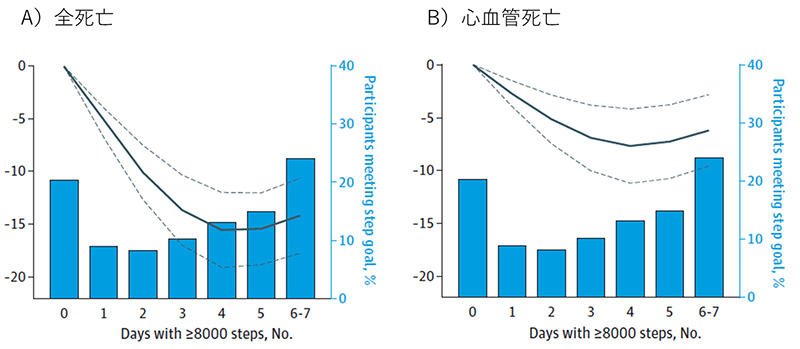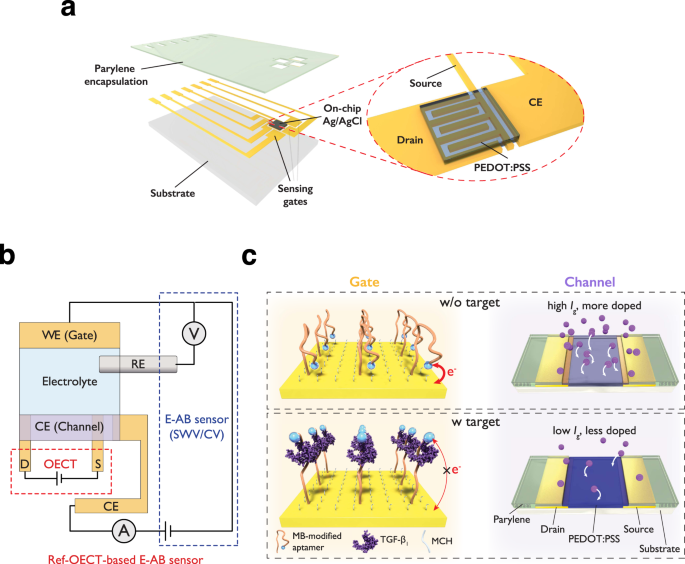計算モデルで粒子の外膜がより細かく見えるようになり、より効果的な治療法やワクチンの開発につながると期待される Computational modeling reveals finer view of particle’s outer membrane, which could lead to more effective therapies and vaccines
2023-03-30 ウースター工科大学(WPI)
この発見により、病気に対する新しい抗ウイルス療法の開発やワクチンの迅速な開発につながる可能性がある。
研究は、構造生物学ジャーナルであるStructureに掲載された。ウイルスの構造に関するこのより明確な理解は、将来のパンデミックと戦うための重要な知識となると考えられる。
<関連情報>
- https://www.wpi.edu/news/wpi-led-team-uncovers-new-details-sars-cov-2-structure
- https://www.cell.com/structure/fulltext/S0969-2126(23)00040-0
統合モデリングによるSARS-CoV-2エンベロープの分子構造およびダイナミクスの解明 Molecular architecture and dynamics of SARS-CoV-2 envelope by integrative modeling
Weria Pezeshkian,Fabian Grünewald,Oleksandr Narykov,Senbao Lu,Valeria Arkhipova,Alexey Solodovnikov,Tsjerk A. Wassenaar,Siewert J. Marrink,Dmitry Korkin
Structure Published:March 03, 2023
DOI:https://doi.org/10.1016/j.str.2023.02.006

Highlights
•SARS-CoV-2 envelope includes three structural proteins: spike, membrane, and envelope
•Integrative multi-scale approach modeled envelope structure with near atomistic detail
•We found that M dimers agglomerated into large, filament-like, molecular assemblies
Summary
Despite tremendous efforts, the exact structure of SARS-CoV-2 and related betacoronaviruses remains elusive. SARS-CoV-2 envelope is a key structural component of the virion that encapsulates viral RNA. It is composed of three structural proteins, spike, membrane (M), and envelope, which interact with each other and with the lipids acquired from the host membranes. Here, we developed and applied an integrative multi-scale computational approach to model the envelope structure of SARS-CoV-2 with near atomistic detail, focusing on studying the dynamic nature and molecular interactions of its most abundant, but largely understudied, M protein. The molecular dynamics simulations allowed us to test the envelope stability under different configurations and revealed that the M dimers agglomerated into large, filament-like, macromolecular assemblies with distinct molecular patterns. These results are in good agreement with current experimental data, demonstrating a generic and versatile approach to model the structure of a virus de novo.


